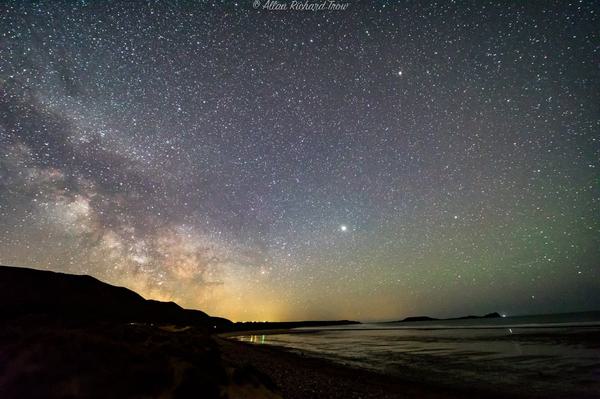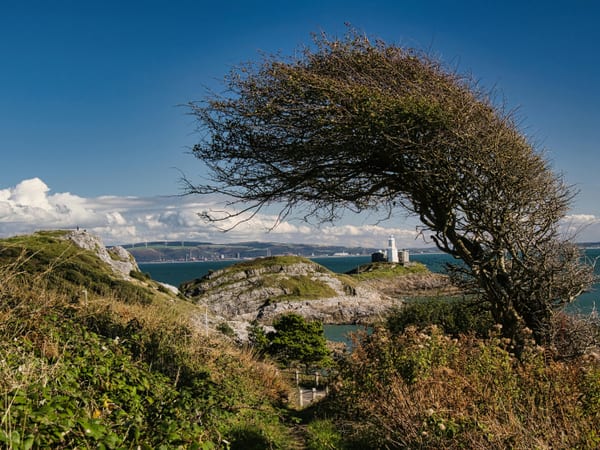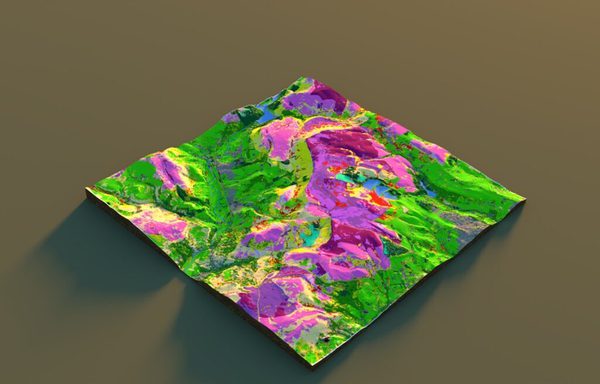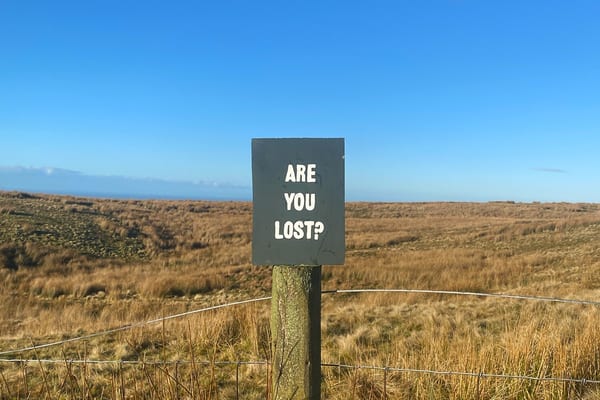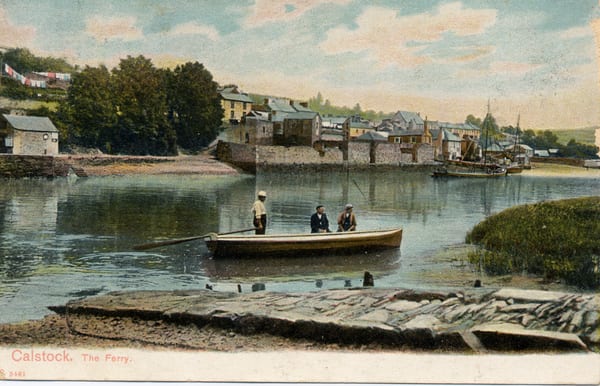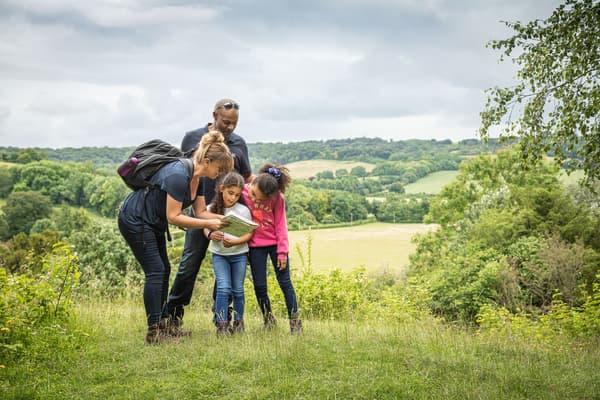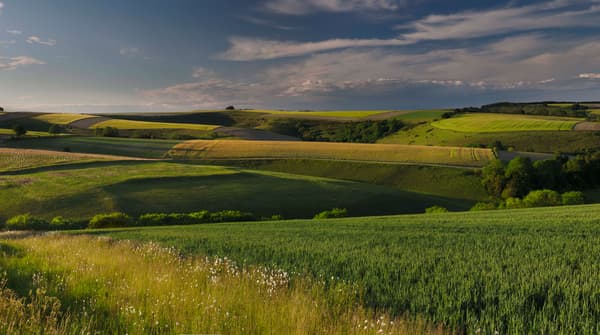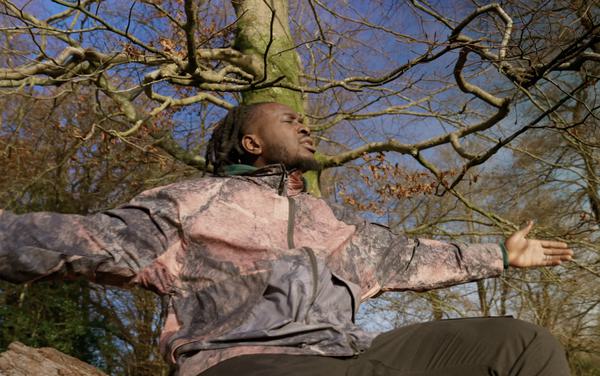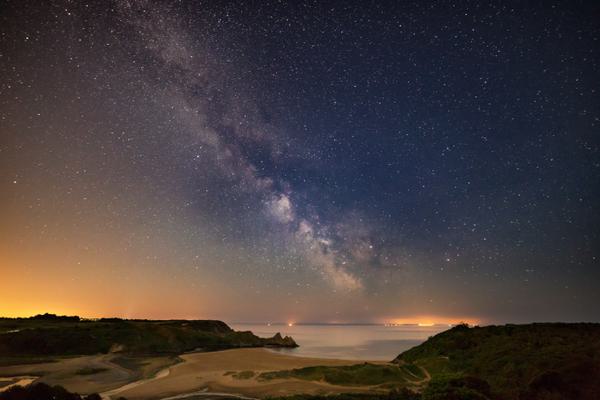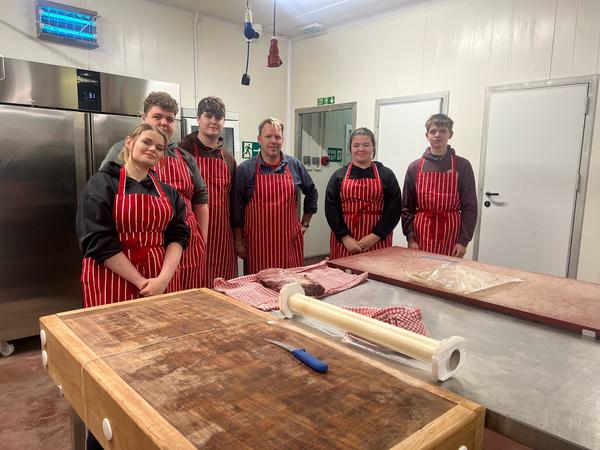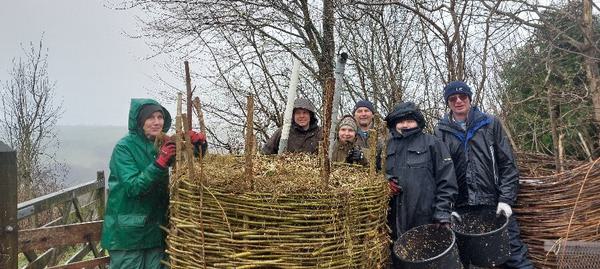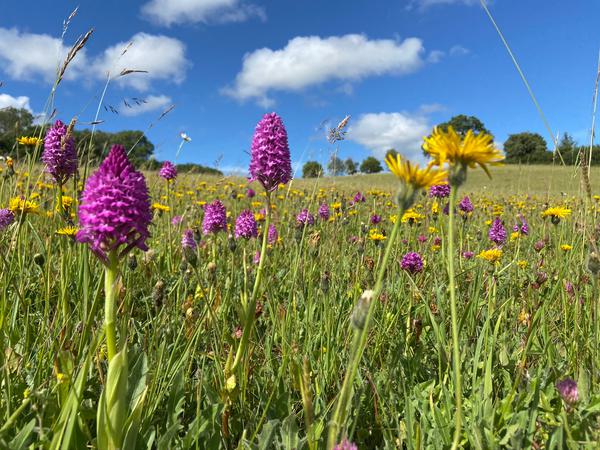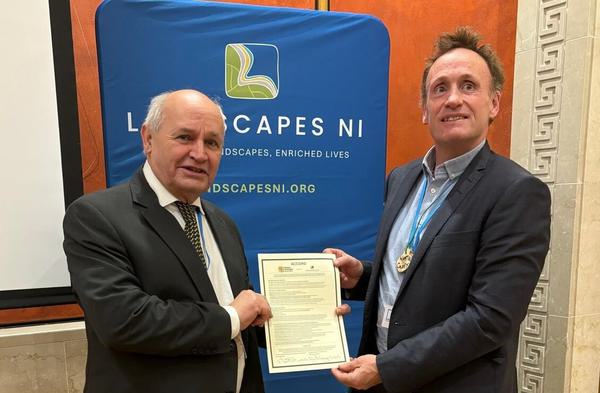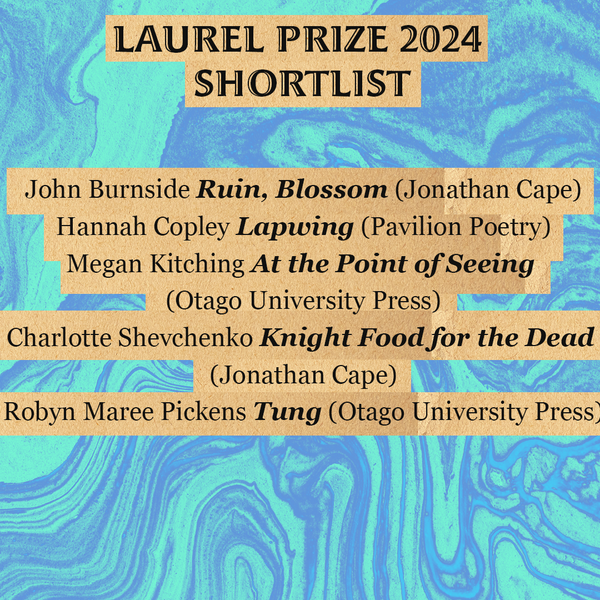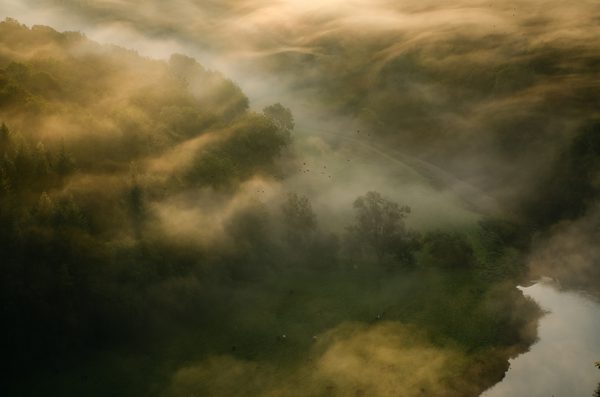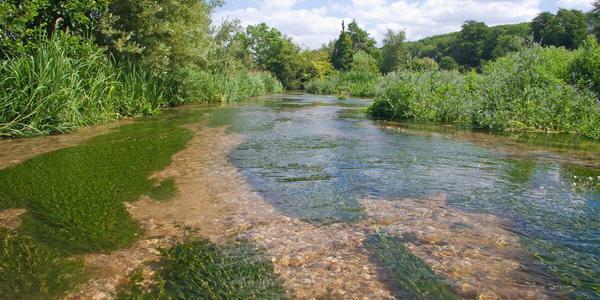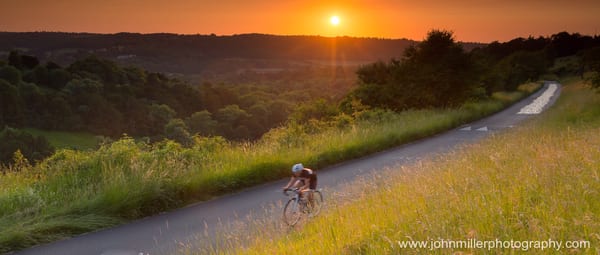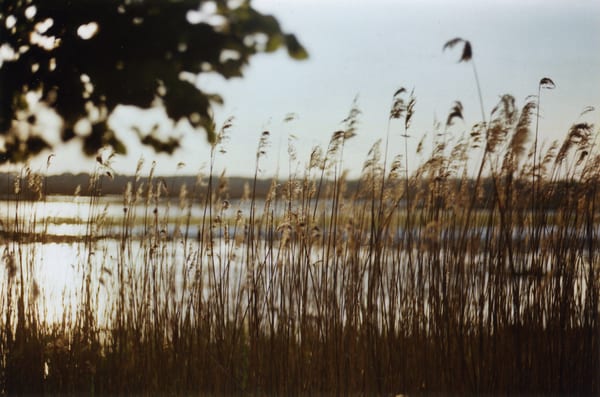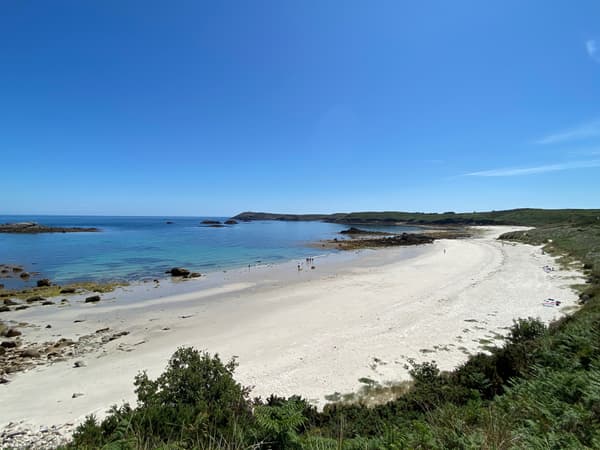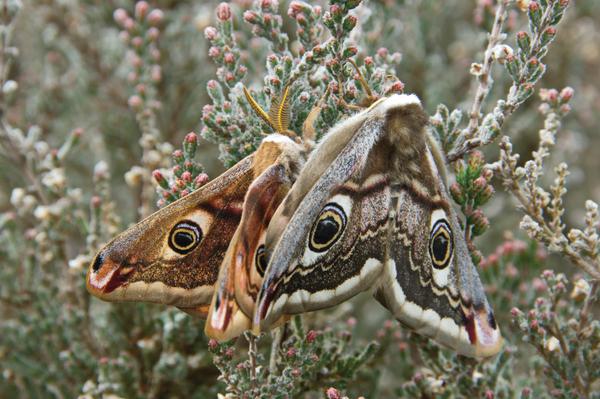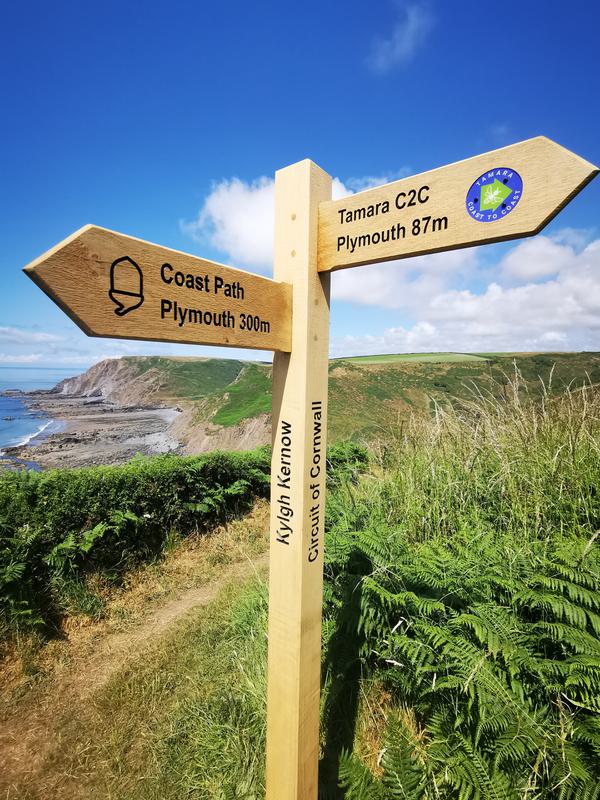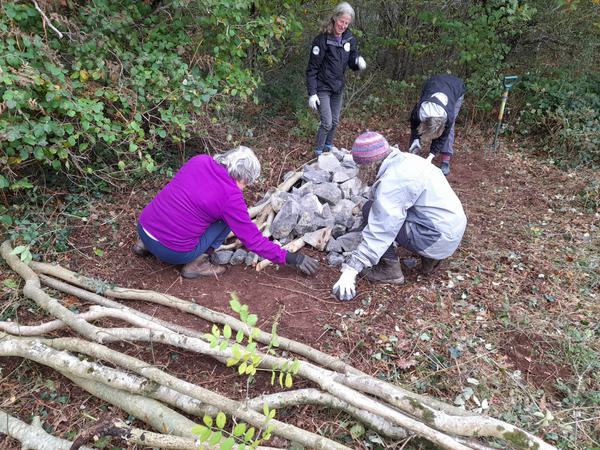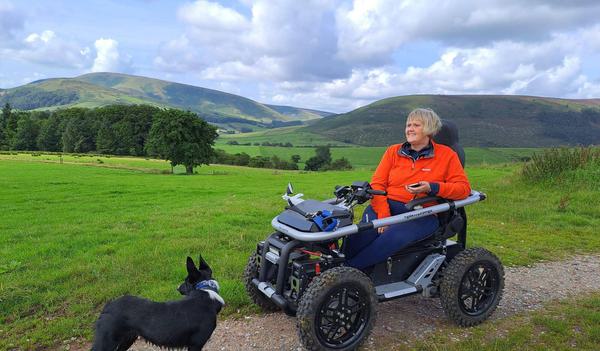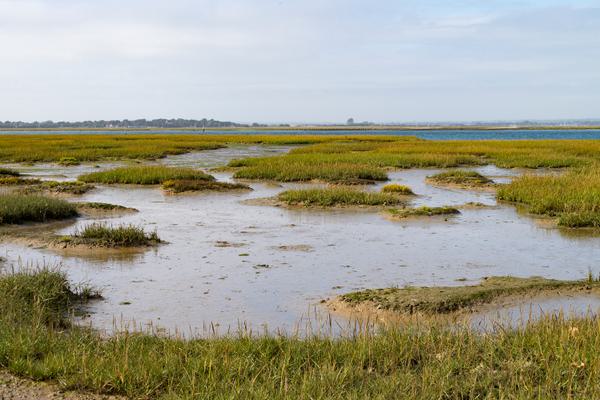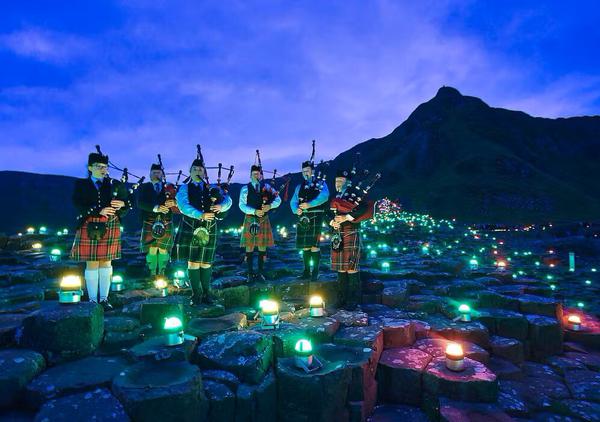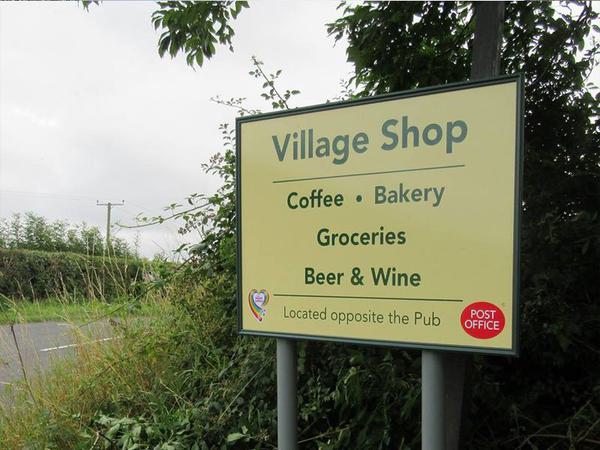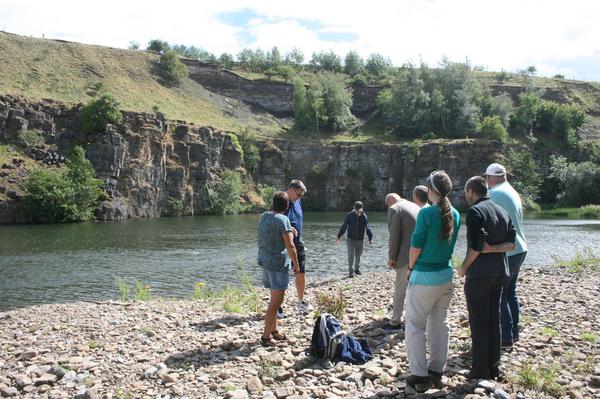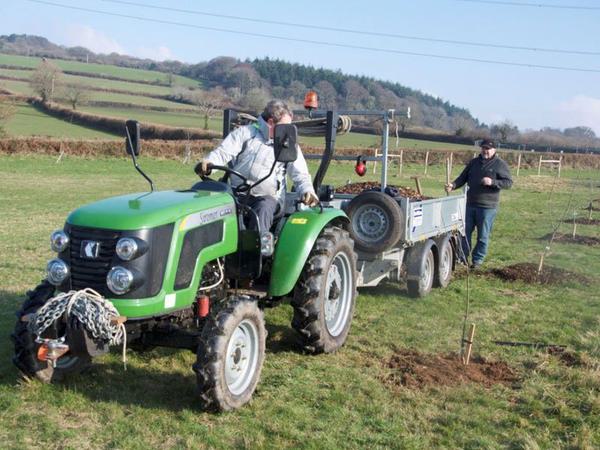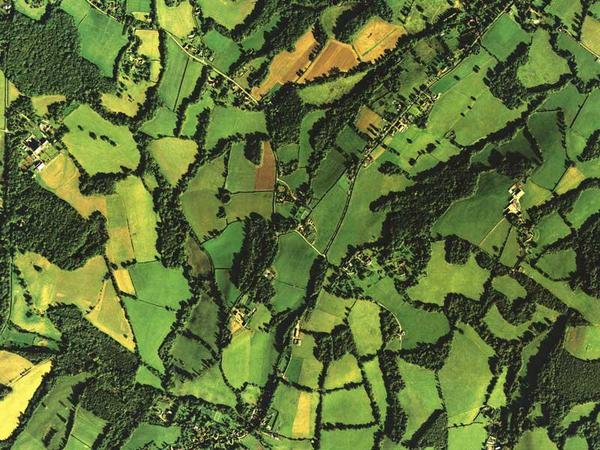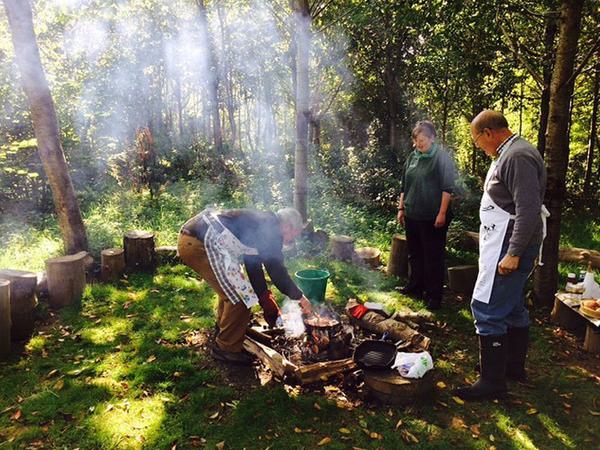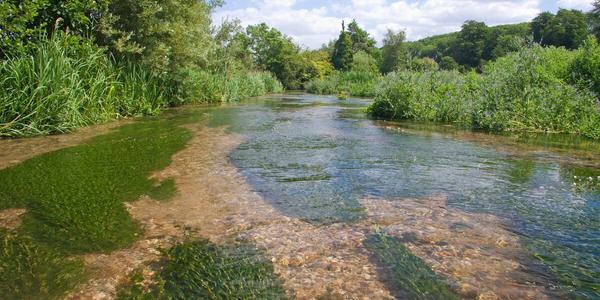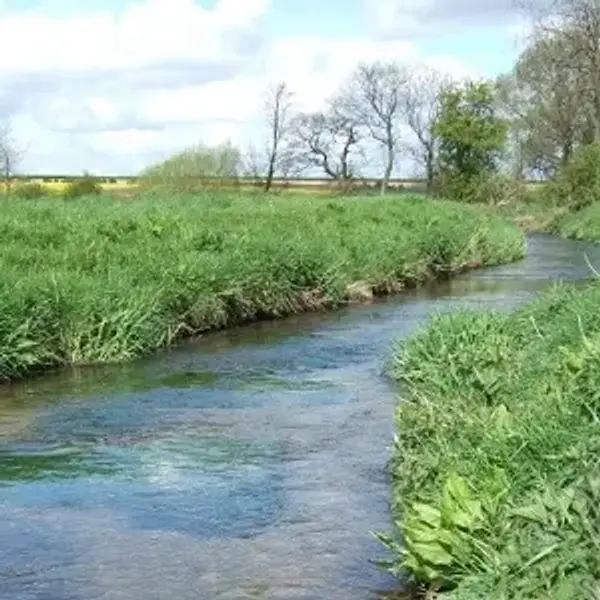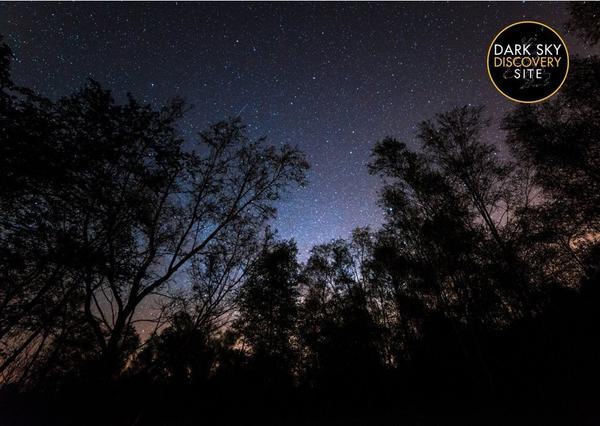John Muir Award
John Muir Award in the Shropshire Hills was a collaborative project delivered by the Shropshire Hills AONB Partnership and Shropshire Wildlife Trust about connecting children to their local landscape. The project addressed the following Shropshire Hills AONB Management Plan Priorities:
- Raising awareness and participation, especially among young people
- Local working with communities.
During 2015-16, the project provided an in-depth outdoor learning experience for KS2 children from two primary schools in the Shropshire Hills (Rushbury and Bucknell). With the help of trained leaders, the children achieved the John Muir Award, an environmental award that encourages people to connect, enjoy and care for ‘Wild Places’ in the spirit of fun and adventure.
To achieved the Award, children participated in a range of activities that involved the four Award Challenges:
- Discover a wild place
- Explore its wildness
- Conserve a wild place
- Share your experiences.
What was done
Each school programme included:
- A session in school to introduce children to leaders, John Muir Award and their ‘Wild Place’
- Four outdoor visits – activities below
- Sessions in school to review involvement and prepare for Sharing event
- Sharing event: children were also joined by local experts who provided expertise or activities to enhance their learning and bring their ‘Wild Places’ to life. This also provided children with an opportunity to meet people who work, or volunteer, within the countryside sector and find out about their jobs.
Outdoor Visit Activities
Bucknell School at Brineddin Wood
Brineddin Wood is an ancient woodland divided into quillets (strips). We worked with the Redlake Valley Community Benefit Society who own and manage a number of quillets.
- Guided woodland walks
- Sensory exercise
- Rainbow Chips – designed to encourage close exploration of the colours of nature
- River Redlake – otters, crayfish, freshwater pearl mussels
- Invertebrate survey
- Collected acorns to take back to school to grow on
- Hawthorn Web Awards – dressing up in animal costumes and carrying out role plays designed to reinforce the importance of food webs
- Coppicing – Conserve activity
- Forestry Commission Wildlife Ranger joined the group to talk about woodland wildlife and the problem of tree damage from deer
- Children designed a way of protecting coppiced ‘stools’ from deer damage by weaving natural materials around the stool, forming a protective cage
- Children met an expert in Stone Age life who brought along animal skins, artefacts, tools and weapons for them to examine. After finding out what life would have been like in the Stone Age they made and decorated their own clay pots and learned how to make stone tools.
Rushbury Primary School – Wenlock Edge
Wenlock Edge is a limestone escarpment, partly owned by the National Trust. There is a mix of rich grasslands, ancient woodland and internationally important sites for geology.
- Met National Trust staff at Wenlock Edge
- Mammal and bird surveys, tree identification and made habitat piles
- Explored industrial heritage of the area, including limekilns
- Guided walk at Millichope Estate covering history, how the estate works, veteran trees, game keeping and conservation
- Wrote poems, inspired by veteran trees
- Visited wildflower meadow – wildflower and insect identification, meadow condition survey and sensory exercise
- Children visited a local Mott and met Celtic re-enactors for a session on Iron Age life. Learnt fire lighting techniques, cooked flat bread over the fire, got hands-on with the living history display, ground flour and learnt about warfare, farming and hedgerow foraging
- Visit to local dairy farm
- Tour of Wilderhope Manor and farm.
Sharing Events: Children produced slideshows, posters, 3D models and artwork for their sharing events. The subject matter was varied and reflected the activities that had most caught their imagination during the visits. Children had also been given an individual research task based on the name of an animal or plant found in their Wild Place. For many, this was something that they became particularly fascinated by and became the focus of their sharing displays.
Outputs/Outcomes
Through the project, children explored, learned about and connected with their local landscape. We have improved children’s understanding of the special qualities of the AONB and helped inspire their future support for conservation by having a fantastic childhood experience.
Working with two schools, the project ran from April 2015 to March 2016 and directly engaged 52 primary school children (aged 7-11 years) and six teachers, with in-depth, educational and practical activities to help them learn about the Shropshire Hills landscape. Teachers reported that children had gained a tremendous amount from the whole experience. As a result of taking part in the Award, pupils stated that they would like to take part in similar visits again; would spend more time outdoors and felt more confident about visiting their local wild places in their own time. The children also told us that they have taken their families out to show them the new places they have discovered and shared the lessons they learned, resulting in changes to their families’ habits e.g. observing wildlife, planting native trees and getting outdoors more.
The activities they remembered most were: small mammal trapping; coppicing; making stone age tools; visiting a local farm; the hawthorn role play; climbing a steep hill and lying down silently in a wildflower meadow).
Both schools held a sharing event at the end of their Award to which other pupils, parents and members of the local community were invited. This took the form of a celebratory assembly where the children shared their John Muir Award experience and knowledge of the landscape with others, followed by the opportunity to see the work the children produced and take part in child-led activities to give the pupils and visiting adults a taste of what they had done.
Both schools want to continue running the John Muir Award and teachers from both schools attended the John Muir Award Leader training, delivered by the Shropshire Hills AONB Partnership and Shropshire Wildlife Trust. Both schools have also agreed to take part in Wildlife Watch (the junior branch of the Wildlife Trusts), this new initiative in the Shropshire Hills has been instigated by Shropshire Wildlife Trust and the AONB as a follow on to the John Muir Award. The John Muir Awards reported on in this case study (delivered in 2015/16) follow on from the success of our previous work with other schools. We continue to deliver the Award throughout the Shropshire Hills and plan to carry this on into the future.
A good example of how this work develops and the benefits schools gain from working with us is illustrated in the following letter from the Head of Norbury Primary School, the first school we ran the John Muir Award for back in 2012: As head of Norbury School, I personally have worked with the Shropshire Hills AONB for five years; our school began this relationship several years before and the benefits have been immense.
The AONB have provided:
- Grants towards the building of an outdoor classroom
- Access to develop relationships with many other local groups and organisations
- We worked with AONB and CPRE to involve children in the development of our Parish Plan, to give children a voice in the process
- Help in the development of school farmers’ markets
- Involvement in The Shropshire Hills Farming Project
- Provision of John Muir Award for four years
- John Muir Award training for staff
- Introduction to landowners for John Muir Award activities.
The outdoor learning that we have undertaken with the AONB over the past seven years has been invaluable. It develops children’s understanding of their local environment and the wider landscape of Britain. Being outdoors develops confidence and often engages children who may not otherwise participate fully in school.
In December 2014, we were judged to be an outstanding school by Ofsted and much of their judgement reflected the extra-curricular activities which we provided, in conjunction with the AONB and the JMA. They concluded that such activities are beneficial for all children and confidence gained through active participation in the outdoors was reflected also in high academic achievement.
All staff and governors are most grateful for the support given to us by the AONB over the years and hope it will continue for many years to come. In particular, we are indebted to Cath Landles for her energy, vision and determination to make these projects succeed. With many thanks, Les Ball (Headteacher)
As a result of our work, we are also working more closely with JMA England and the John Muir Award England Education Manager. They wish to recognise more formally the contribution we are making to Award delivery and management, develop resources to support AONBs delivery of the Award across the UK, showcase the Shropshire Hills as a quality example and shine a light on Award activity in Shropshire and in the Shropshire Hills AONB in particular. We are also looking at the possibility of developing a Shropshire Hills AONB wide John Muir Award project, to enable more schools to participate in the Award and engage with the special landscape of the Shropshire Hills.
Learning
- The JMA provides an excellent framework for connecting school children to their local landscape
- Maximising opportunities for partnership working and sharing resources
- Utilising outdoor sites close to the school. This keeps transport costs and travel time to a minimum and builds good links for the future
- Good relationships with teachers and a clear understanding of the schools aims to ensure what we delivered met the schools’ needs and achieved mutual benefits
- Well planned and organised programmes with lots of practical activities covering various landscape themes to ensure there is something for everyone
- Approaching the school in an effective way. Teachers were unaware of the Award before our approach and explained that if we hadn’t approached them, and delivered the Award initially, it would not have happened. Teachers are busy people and getting into a school to present the JMA can be difficult. It is essential to identify the right person in school to approach and clearly present what’s on offer and the opportunities it brings
- Utilise local facilities where needed e.g. Village hall allowed us to use their facilities for free
- Using local sites, services and experts forms lasting connections for the school
- Lack of specific skills, knowledge and confidence in leading outdoor activities were identified as barriers to teachers delivering the Award themselves. We provided training to empower teachers to continue delivery of the John Muir Award in the future
Links
Before starting the John Muir Award with schools in the Shropshire Hills, I noticed schools were transporting children many miles to see ‘special landscapes’, rather than looking closer to home. The award has given me the framework to open people’s eyes to what’s on their doorstep and connect schools to their local landscapes. Through the JMA, I am able to raise awareness and understanding of the special features of the Shropshire Hills AONB, and its conservation, and encourage people, young and old, to care for it. We also try very hard to put smiles on faces and mud on wellies!! I love nothing better than seeing children’s faces light up in wonder when they see and feel things for the first time – from holding a frog, seeing a red kite soaring above with the sun on its back, deer running through a woodland, or feeling the buzz of life in a wild flower meadow in mid-June – it really is powerful stuff! The conserve element is also a great way to really engage and connect people with the landscape. It ensures our conservation messages are received and fully understood. People really ‘get it’ when they are involved at a practical level
Cath Landles, Shropshire Hills National Landscape - Community & Landscape Officer
"I didn’t know that Cuckoo spit was really the home of young froghoppers” “I really enjoyed the visit to the farm” “I would really like to go back to the wood because I want to climb the hill again” “After the session I was inspired to go back to the river and see if I could spot any fish” “I loved making the habitats for the animals” “One thing I will remember is the Hawthorn Play” “I will always remember being John Muir and I would like to do the award all over again” “I would like to visit the wood again because it was fun and there are loads of places in the wood I haven’t been to yet” “We had time to go slow and enjoy wildlife at our own pace.”
Quotes from participating school children
We are particularly grateful for the outstanding effort put in by all of the organisations involved with delivering The John Muir Award programme for our children, which Cath has organised. Presenting children with the opportunity to understand and appreciate the wild places around us has had many benefits, not only from an environmental aspect, but also from a creative and academic one too. Experiencing the environment in all seasons in many locations has provided the practical life experiences from which children have been able to draw upon to produce some outstanding creative and informative writing. I was particularly amazed by the way that children responded when asked by Cath to write poetry on top of The Stiperstones on a very cold and damp day; the results were staggering and it allowed children who often find such activities difficult to be far more creative and expressive than they might be within the confines of the classroom. I am most grateful to AONB, Cath and her team for giving us this opportunity. We are continuing the work further than ever this year with several exciting projects, including aiming for The John Muir Gold, Conserver award. We look forward to it.
School Head Teacher


